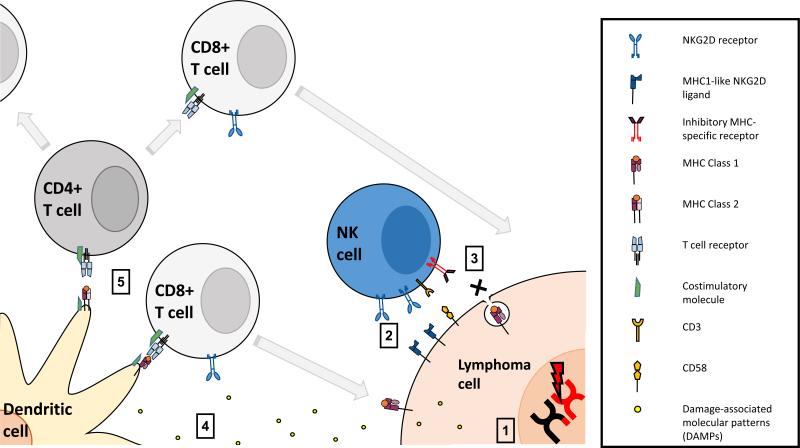Figure 1. Activation of immunosurveillance in response to DNA damage repair mechanisms.
1. DNA damage triggers upregulation of MHC-like NKG2D ligands and release of damage-associated molecular patterns (DAMPs). 2. NKG2D and other receptors on Natural Killer cells and Cytotoxic T Lymphocytes assisted by adhesion interactions such as CD2-CD58 lead to NK-mediated killing of the tumor cell. 3. Tumor cell downregulation of MHC class 1 molecules to minimise immunogenicity is identified by inhibitory MHC-specific receptors allowing identification of “missing self” and giving NK cells the ability to identify and kill cells not expressing MHC class 1. 4. DAMPs activate dendritic cells stimulating them to present antigen and costimulatory molecules. 5. Dendritic cells activate CD8+ and CD4+ T cells initiating an orchestrated adaptive immune response.

